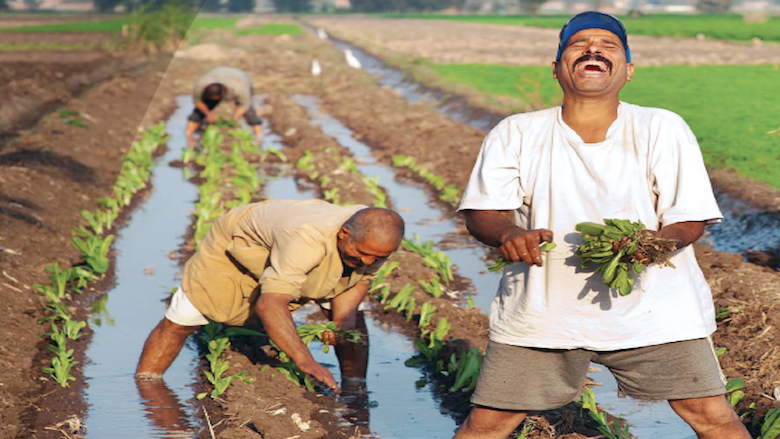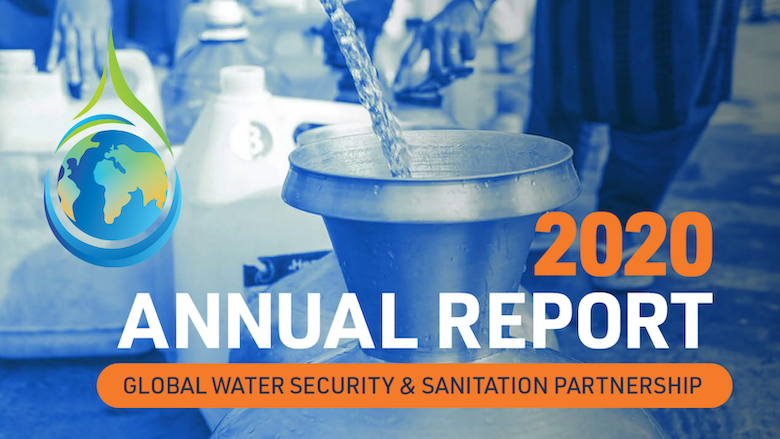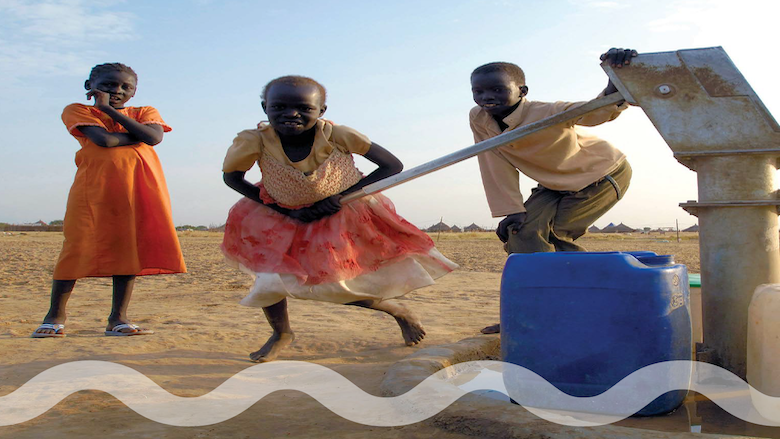That is just one of the key messages from GWSP’s new Annual Report, launched today. The report shows how GWSP has risen to meet the moment, uniquely placed to respond to the concurrent global crises. It showcases the effectiveness of the GWSP model, with country-based solutions founded in ambition and innovation, to respond directly to the impacts of these crises.
With support from GWSP’s long-term country engagement, knowledge into implementation approach and just-in-time technical support, 150 ongoing lending operations in the World Bank water portfolio reported the following results achieved in FY20 influenced by GWSP-funded activities (and the activities funded by its predecessors, the Water & Sanitation Program and the Water Partnership Program):
11.4 million people with access to an improved water source (of which 5.5 million are female)
1.2 hectares under sustainable land/water management practices
8,994 tons/year of biochemical oxygen demand (BOD) pollution loads removed by treatment plants
1 million hectares of land with new or improved irrigation services
3 million farmers adopted improved agricultural technology (of which 0.9 million are female)
2.2 million people in areas covered by water risk mitigation measures
GWSP Program Manager Joel Kolker explains what makes GWSP’s model so impactful:
“Our research is embedded in our country dialogues, policy advice, capacity building, and lending operations. This year alone, we have supported delivery of over 50 pieces of knowledge work while also influencing US$13 billion in World Bank lending through technical assistance and analytics. This combination of knowledge, technical assistance, analytics - linked to our lending operations - makes GWSP unique in the water sector."
The GWSP portfolio contributes to results across five priority themes: sustainability, inclusion, institutions, financing, and resilience. GWSP has delivered in all five areas in the past year:
Sustainability: GWSP has supported more than 44 water institutions across 23 countries to sustain water resources and build sustainable infrastructure assets. At the national level, GWSP has aided efforts to improve Papua New Guinea’s capacity to address their water sector’s financial sustainability, and provided assistance to the Government of Honduras to articulate and plan investments to achieve water security in one of the world’s most susceptible regions to climate change and variability.
Inclusion: GWSP has supported 46 policies or strategies in 26 countries to enhance social inclusion. Over 40 World Bank clients are now using the GWSP-funded Equal Aqua framework, which helps water utilities make the vision of gender equity a reality.
Institutions: GWSP has provided technical assistance to 37 countries on policies, strategies, and regulatory frameworks to strengthen the institutional environment for improved water resource management and water service delivery. The Utilities of the Future (UoF) initiative in Albania, Brazil, Belarus, Ethiopia, Ghana, Philippines, Turkey and Timor Leste helps clients assess the current maturity level of their utility, determine realistic objectives for progress and then assists in the preparation and implementation of action plans.
Financing: GWSP has helped 25 countries improve their financial viability and creditworthiness. GWSP has delivered a number of resources to help utilities quantify the financial impact of the COVID-19 pandemic on their operations as well as a report on considerations for Water Finance Facilities, which provides cash to help utilities continue providing essential services during a crisis such as this.
Resilience: GWSP has funded work in 32 countries to build resilience in water resource management or service delivery. The active lending portfolio is helping to ensure that 2.2 million people are living in areas covered by water risk mitigation measures.

The report also shows how GWSP worked with over 400 partners around the world, including academia, civil society organizations, development agencies, multilateral organizations, the private sector, governments, service providers, and the World Bank Group. These partnerships provide a global reach which ensures GWSP analytics, knowledge and communications work reaches key stakeholders in a way that works for them, influences policies and practices, and shapes the external debate.
Perhaps GWSP’s achievements and potential is best summed-up by World Bank Global Director of the Water GP Jennifer Sara:
“Over the past 12 months, GWSP has consistently risen to meet challenges. I am confident that this partnership will continue to play a key role in the global recovery and remain a vital asset as we chart a course towards a healthy and water-secure world for all.”
READ JENNIFER SARA'S BLOG HERE
LINK: REPORT


